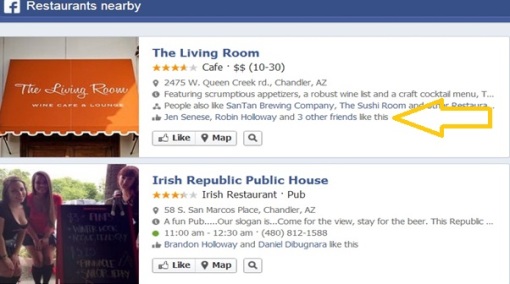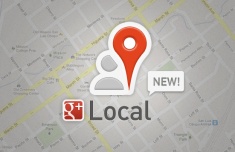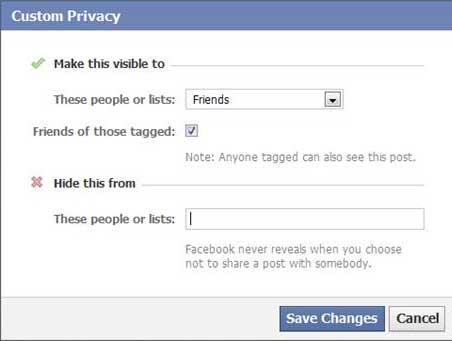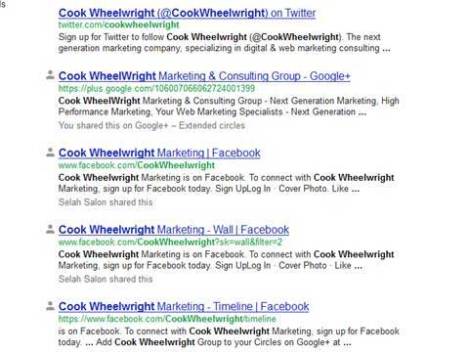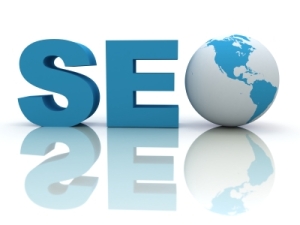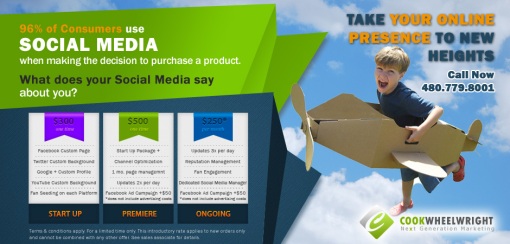Graph Search is a semantic search engine that Facebook launched in March of 2013. If you were not one of the first people to go through the beta testing process, you are probably getting notifications by now to get Graph Search.
Graph Search is Facebook’s way of combining social media with search which is intended to provide the user search results that are tailored to their individual interests. Rather than providing results based on matching keywords, the search engine is designed to match phrases as well as objects to provide results.
According to an article NBC did when Graph Search launched:
“Graph Search is a privacy-aware search, Zuckerberg said. That means that it only searches content which has been shared with you and that your search results will differ from the search results someone else will see … even if you enter the same exact queries.”
Right now you can use Graph Search to search through people, photos, places and interests, but we have a feeling that the platform will become much more advanced and will be vital in local business marketing strategies.
Not unlike standard search, your results will be based on popularity. With Google search first page results are due to a multitude of factors including your on-page SEO and back-links, or the amount of times your website is mentioned on the web. With Graph Search the search results are going to be different for every individual because the results are based on their social behavior. For example, if I am doing a search for “places to eat near me” this is what shows up:
Notice that the search results that have come back are all places near where I live (Chandler, AZ) and are all places that my friends have liked. If you also notice the first result was The Living Room where 5 of my friends have liked the page and the Irish Republic Public House has only 2 of my friends who like their page.
What this tells me is that your fan count and engagement is going to play a vital role in whether or not your business pages shows up in the search results. If you do not have a dedicated social media manager, now is the time! Another thing you must keep in mind if you want to rank in Facebook is to make sure your About Us portion of your page is optimized for the keyword phrases you would like to be found for. This is a simple fix and it only requires a few minutes of your time.
In addition to the content you want to make sure that you have claimed your local business on Facebook. Just like Google Places, Facebook’s Graph Search will provide results based on the users physical location, or where they are searching. If you have a brick and mortar business make sure your location is updated and that you have claimed your check-ins, but most importantly, find any duplicate entries and get rid of them!
Graph Search is taking social media to an entirely new level and you don’t want to be left behind, otherwise climbing your way to the top will take a great deal of time and money! Our new division, GetSocialWith.Me is more than happy to discuss your social media marketing needs and help you either maintain your social channels or train your staff on the proper social media management tactics.

